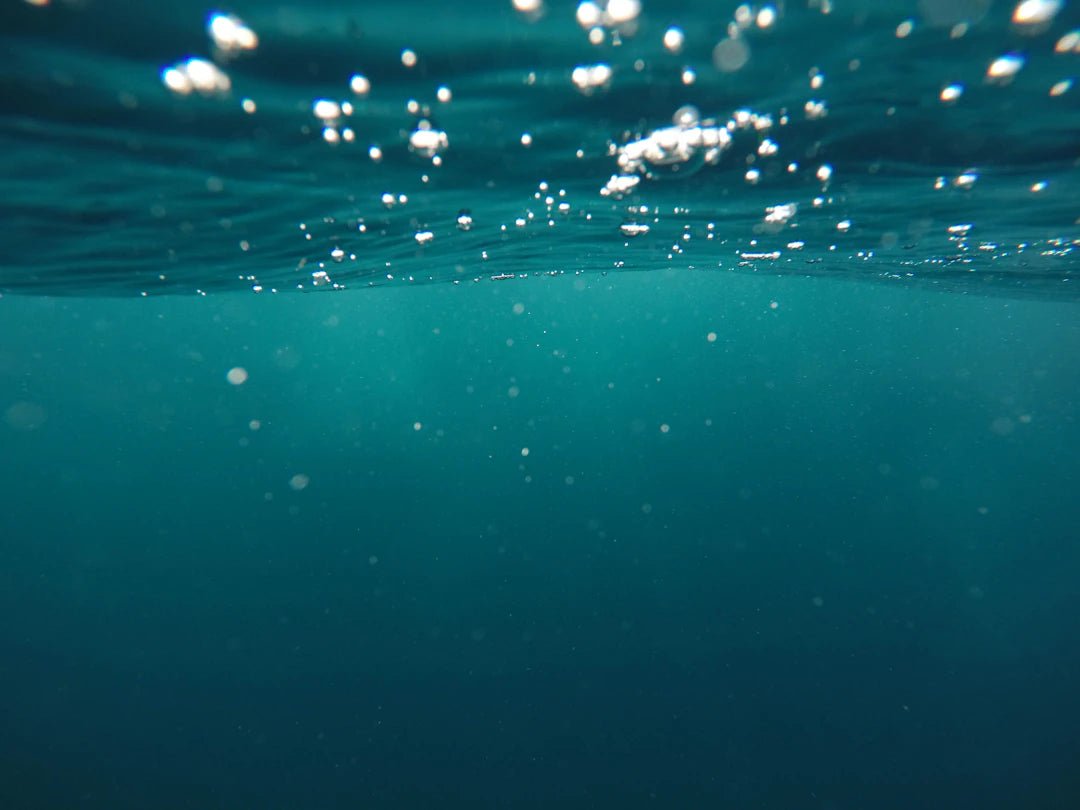How Reverse Osmosis Tackles Australia's Water Scarcity
Overview
Australia faces significant water scarcity challenges due to climate change, population growth, and agricultural demands. Reverse osmosis (RO) systems can effectively improve water quality by removing contaminants, are cost-effective over time, and help reduce plastic waste. Despite misconceptions about water wastage and mineral loss, modern RO systems address these concerns. Choosing the right RO system involves assessing water quality, considering system specifications, and selecting reputable brands. Investing in RO technology aligns with Australia's water policies and contributes to sustainable water resource management.
Frequently Asked Questions
1. What is water scarcity in Australia?
2. How does reverse osmosis work?
3. What are the benefits of using reverse osmosis systems?
4. What are common misconceptions about reverse osmosis?
5. How can individuals choose the right reverse osmosis system?
Australia is a continent known for its breathtaking landscapes and unique wildlife, but it is equally recognized for its water scarcity challenges. Drought conditions, increasing population demands, and climate change have led to significant water shortages in various regions across the country. In this context, the importance of an effective water filtration system such as reverse osmosis has come to the forefront. This blog will explore the role of reverse osmosis in tackling water scarcity in Australia and highlight its relevance to households and businesses alike.
Understanding Water Scarcity in Australia
Water scarcity in Australia isn't merely an abstract concept; it directly affects the lives of millions. Various research studies indicate that over 70% of Australia's surface water resources are already earmarked for human consumption and agricultural use. Thus, the available clean water is diminishing rapidly, primarily due to:
- Climate Change: Fluctuating weather patterns exacerbate drought conditions, leading to reduced water availability.
- Population Growth: As the population continues to grow, the strain on existing water resources increases.
- Agricultural Demands: Agriculture consumes around 70% of all water extracted, leading to inefficiencies in water use.
The Mechanics of Reverse Osmosis
In dealing with these alarming trends, understanding how a reverse osmosis water filtration system functions becomes crucial. Reverse osmosis (RO) is a process that relies on pressure to force water through a semi-permeable membrane. This process effectively removes contaminants, impurities, and toxins from water, making it suitable for drinking. The key features of reverse osmosis include:
Filtration Process
During the RO process, water is directed through different stages of filtration:
- Pre-filtration: Larger particles and sediment are removed.
- Reverse Osmosis: The core filtration where impurities like lead, chlorine, and other harmful substances are eliminated.
- Post-filtration: Final filtration ensures that any remaining impurities are removed, providing clean, safe water.
Benefits of Reverse Osmosis in Australia
Integrating a reverse osmosis filter in households and businesses in Australia presents numerous benefits. Here are some of the key reasons why RO systems are becoming increasingly popular:
- Improved Water Quality: Reverse osmosis significantly improves the quality of water by removing 90% or more of contaminants.
- Taste Enhancement: By eliminating chlorine and other unpleasant tastes, the filtered water is tastier, promoting increased hydration.
- Cost-Effective: While the initial investment in a reverse osmosis system might seem high, the long-term cost benefits in terms of health and well-being outweigh this expense.
- Environmental Impact: By using less bottled water, households can reduce plastic waste, contributing to a healthier environment.
Common Misconceptions About Reverse Osmosis
Despite its advantages, there are still some common misconceptions about reverse osmosis systems that can deter people from investing in them.
Myth: Reverse Osmosis Wastes Too Much Water
While it's true that reverse osmosis does waste some water during the filtration process, advancements in technology have significantly minimized this wastage. Modern reverse osmosis systems are designed to optimize water efficiency.
Myth: RO Water Lacks Essential Minerals
Some critics argue that reverse osmosis water lacks essential minerals that are beneficial for health. However, reputable RO systems often incorporate a remineralization stage to add back essential minerals, ensuring the water remains healthy and tasty.
Reverse Osmosis Filter Replacement: A Vital Maintenance Step
One of the most important aspects of maintaining a water filtration system is ensuring timely reverse osmosis filter replacement. Neglecting this can lead to decreased water quality and system inefficiency. Generally, the filters in an RO system should be replaced every 6 to 12 months, depending on usage and water quality. Here’s why regular filter replacement is crucial:
- Enhanced Efficiency: New filters increase the overall efficiency of the water filtration process.
- Consistent Water Quality: Regular replacement prevents contaminants from leaking back into the filtered water.
- Longevity of the System: Consistently maintaining filters can extend the life of the overall system, ensuring a solid return on investment.
How Reverse Osmosis Aligns with Australia’s Water Policies
Australia's government has recognized the urgency of addressing water scarcity, and various water management policies have been put into place. By adopting technologies like reverse osmosis, we can align personal and community practices with these national objectives. Initiatives include:
- Water Recycling: Advanced filtration methods such as reverse osmosis contribute to recycling wastewater, allowing it to be reused for various purposes.
- Sustainable Agriculture: Farmers who implement RO systems for irrigation can optimize water usage, thus conserving valuable resources.
- Public Awareness: Campaigns to educate citizens about RO systems can encourage wider adoption.
Choosing the Right Reverse Osmosis System for Your Needs
When it comes to selecting an appropriate reverse osmosis water filtration system, several factors should be considered:
Water Quality Assessment
Understanding the specific contaminants present in your water can help in choosing a system tailored to your needs. Testing water samples is essential for determining the most effective RO system.
System Specifications
Look for systems with a high purification rating and the ability to filter out various contaminants efficiently. The size and capacity of the reservoir also matter, especially for larger households or businesses.
Brand Reputation and Reviews
Choose a reputable brand known for its quality, reliability, and customer service. Reviews and user feedback can provide insights into the performance and durability of different RO systems.
Join the Movement for Better Water Resources
Investing in a reverse osmosis water filtration system is not just a personal choice; it’s also a commitment to sustainability and responsible resource management. Australia’s water scarcity is a pressing issue that demands immediate action. By adopting reverse osmosis solutions like Rippl Pure, you can contribute to solving water scarcity while ensuring that you and your family have access to clean, safe water.
In every drop of water treated with this technology, you're not just enhancing your health—you're playing a part in safeguarding Australia’s precious water resources for future generations. So why wait? Take the plunge into the world of reverse osmosis today and make a significant difference in your home and community!
Linked Product

Reverse Osmosis Filter Replacement for Rippl Pure - Essential to Maintain Clean, Pure Water
The Reverse Osmosis Filter Replacement for Rippl Pure is designed to effectively remove contaminants from your water, ensuring it remains clean and safe for consumption. Regular replacement, typically every 12–24 months, helps maintain the system's performance and enhances the taste of your drinking water. Following the easy installation guide ensures optimal functioning and water quality for your household.
View Product


